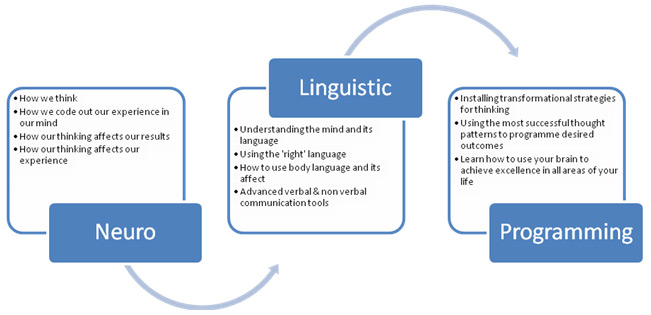One common issue of clients towards customer service are promises not fulfilled. If a list would be created, most of the disappointments would go over to the end. Yes, quite true – people sell promises to seal a deal. However, these promises are downright lies sometimes. People should understand that customer service is an important part of business. It makes or breaks the company.
Whether the customer service or communication aspect is lacking, rightful engagements are still recommended to boost impact on sales and improving customer satisfaction. It is very easy to determine where disappointments and frustrations are coming from, sales people frequently promise something and fails to deliver. But, why does this happens a lot to clients? Where is the problem rooting?
Remember, when a customer is unhappy, he/she is not only frustrated with the failed service but will not recommend the company to their friends or relatives. The worse case is, they will tell other people not to make any transactions with you. This means less revenues and dramatic decrease in sales.
Soloist and Perspectives – Expectations VS Promises
Most soloists talks about managing customer expectations. They understand how the process works and they know ways to develop and implement customer satisfaction strategies. But, what if we talked this case in a different perspective? How do we manage the promises of business people? Expectations for both parties should be aligned. In some occasion, do not over promise. There’s a difference between intentions to expectations. Intensions should be done through the customer as planned. Expectation is delivering a definite solution or answer.
If a customer tells you to deliver A, B, C, then you should deliver A, B, C. Delivering less than what they expect makes you a liar (well, in the customer eyes). Smart marketers know how to please their customer and know how to control or take charge of the situation. They are also truthful to their statements and provide other options for customers to select.
For example, a job order will be completed in 5 days time. Of course, rather than saying – it will be completed within 2 days, smart marketers will be honest and say, “The job will be completed in 5 days, but there is a possibility that it may extend for 2 days more. However, there are still other options we can explore to make this job order completed in no time, would you like to know more?” Customer has a definite expectation on when the work will be completed.
Quality must be emphasized!
Always highlight quality to customers. As mentioned previously, rather than lying that work will be done in a short amount of time, be truthful with your answer and avoid promising and failing to deliver. Emphasize quality over everything else and you will acquire their attention and satisfaction. If anything does not fall in line, apologize and give other options. Take heed, a satisfied customer is always a happy customer and they cost less in a long period of time. It also means more money for the company as they recommend doing business with you.










